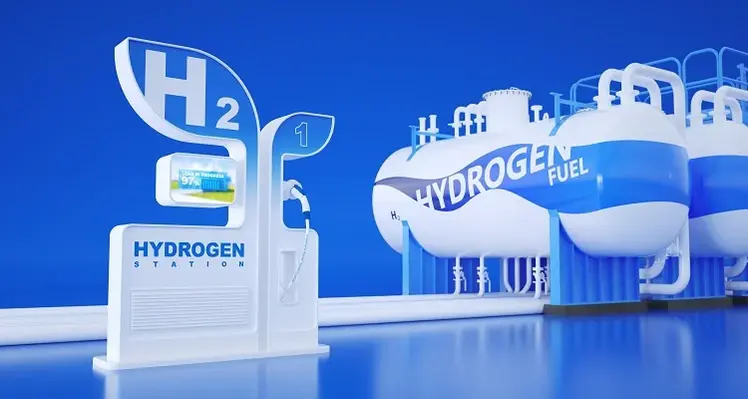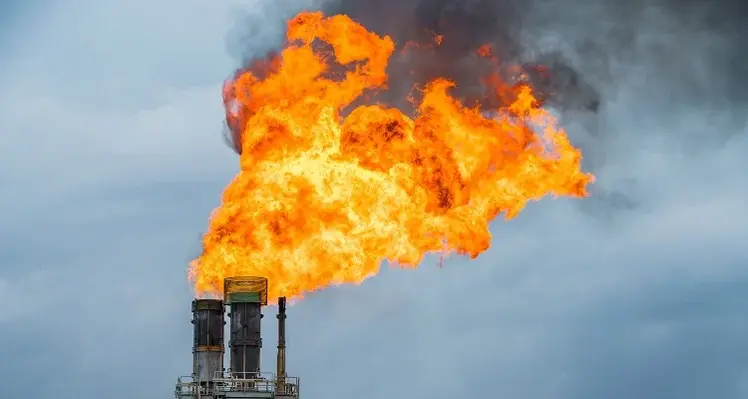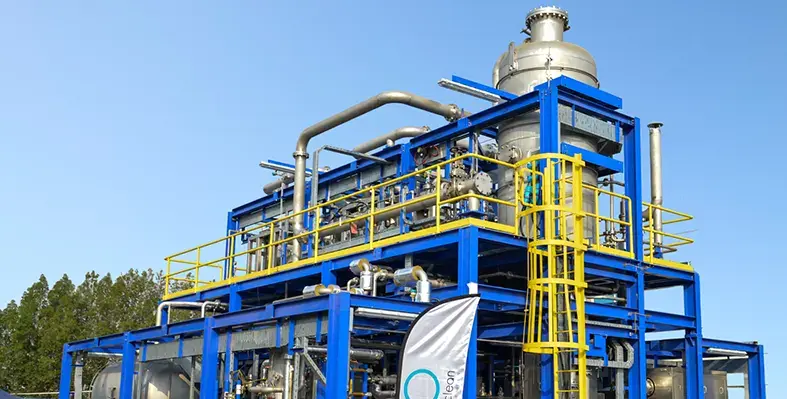Carbon capture and storage capacity is forecast to quadruple by 2030, and the Middle East has ‘significant CCS ambition’, according to a new report from DNV
Cumulative investment in carbon capture and storage (CCS) is expected to reach US$80bn over the next five years, according to DNV’s Energy Transition Outlook: CCS to 2050 report.
Up to now, growth has been limited and largely associated with pilot projects, but a sharp increase in capacity in the project pipeline indicates that CCS is at a turning point. CCS will grow from 41 MtCO2/yr captured and stored today to 1,300 MtCO2/yr in 2050, which will be 6% of global emissions, DNV forecasts.
The immediate rise in capacity is being driven by short-term scale up in North America and Europe, with natural gas processing still the main application for the technology. Europe is moving projects forward amidst tightening emissions regulations and developers are advancing in the US, taking advantage of the established 45Q tax credit. Hard to abate industries such as steel and cement production are forecast to be the main driver of growth from 2030 onwards, accounting for 41% of annual CO2 captured by mid-century. Maritime onboard capture is expected to scale from the 2040s in parts of the global shipping fleet.
As the technologies mature and scale, the average costs will drop by an average of 40% by 2050.
Ditlev Engel, CEO, Energy Systems at DNV said “Carbon capture and storage technologies are a necessity for ensuring that CO2 emitted by fossil-fuel combustion is stopped from reaching the atmosphere and for keeping the goals of the Paris Agreement alive. DNV’s first Energy Transition Outlook: CCS to 2050 report clearly shows that we are at a turning point in the development of this crucial technology.
“The biggest barrier to the very much needed acceleration of CCS deployment is policy uncertainty. Policy shifts, not technology or costs, have been responsible for many CCS project failures. However, policy support for CCS is firming across most world regions.”
Recent turmoil and budgetary pressure in the global economy pose risks to CCS deployment, potentially shifting priorities and removing necessary finance needed.
Jamie Burrows, Global Segment Lead CCUS, Energy Systems at DNV said “CCS is entering a pivotal decade and the scale of ambition and investment must increase dramatically. It remains essential for hard-to-decarbonise sectors like cement, steel, chemicals, and maritime transport. But as DNV’s report shows, delays in reducing carbon dioxide emissions will place an even greater burden on carbon dioxide removal technologies. To stay within climate targets, we must accelerate the deployment of all carbon management solutions -from industrial capture to nature-based removal - starting today."
Middle East developments
DNV notes that the Middle East is home to three operational CCS projects and six under construction. Operating facilities include the Al Reyadah steel plant in the UAE, Qatar's Ras Laffan LNG Facility, and Saudi Arabia's Uthmaniyah gas processing plant.
The world’s largest CO2 utilisation facility, United Jubail Petrochemical, is also in Saudi Arabia. The facility converts 0.5 MtCO2/yr into feedstock for chemical processes.
The main focus of regional CCS development has evolved from EOR to decarbonising energy and the production of low-carbon fuels. The UAE's Long Term Strategy highlights CCS as crucial for industrial sector decarbonisation, targeting 43.5 MtCO2/yr capacity by 2050. ADNOC aims for 10 MtCO2/yr captured by 2030 and net-zero operations by 2045. ADNOC's Habshan and Ghasha Concession projects, each with capacity of 1.5 MtCO2/yr, are currently under construction.
Saudi Arabia aims to capture and store 44 MtCO2/ yr by 2035 and launched a domestic carbon crediting scheme in 2024. A CCS hub is under construction at Jubail, which will store 9 MtCO2/yr by 2027 from natural gas processing and industrial sources in an onshore saline aquifer.
Oman aims to utilise its pipeline infrastructure for hydrogen and CO2 transport in new CCS and EOR projects.
Direct air capture (DAC) projects are emerging in Saudi Arabia, the UAE, and Oman, often combined with CO2 mineralisation or sustainable aviation fuel production.









